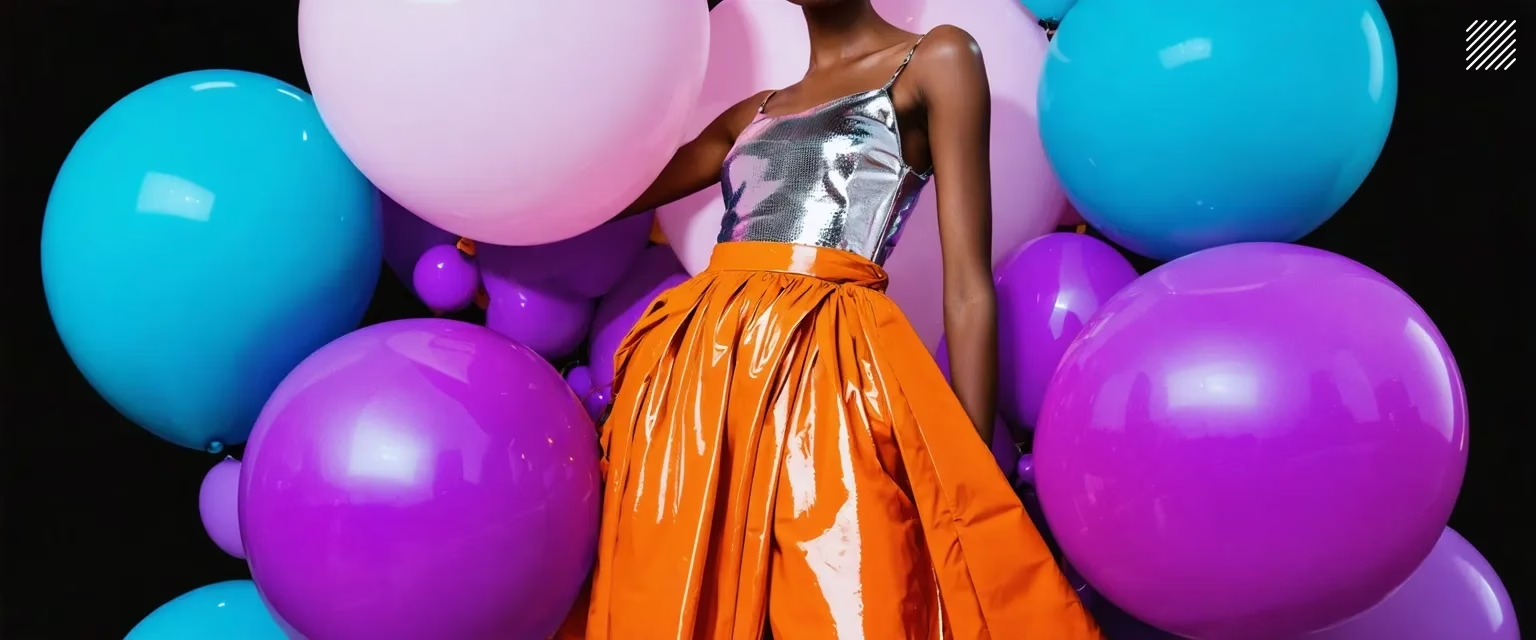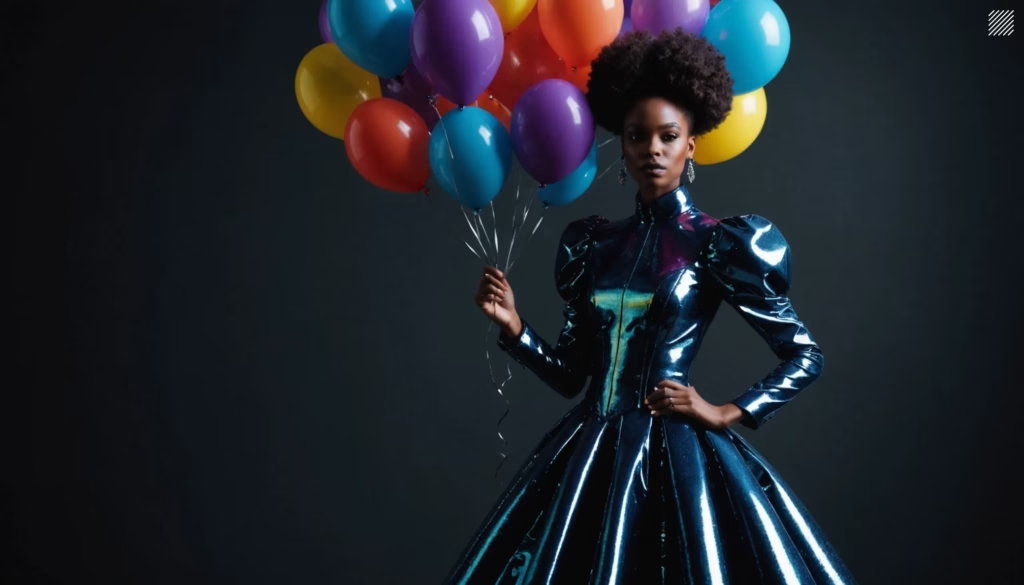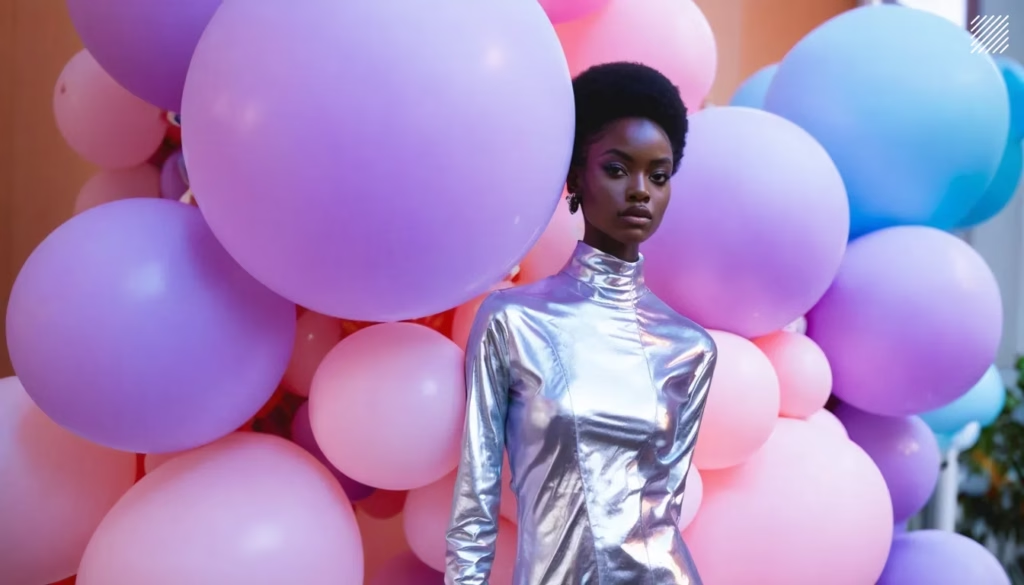
The fashion industry is witnessing a remarkable transformation as designers harness the power of artificial intelligence to create and launch successful fashion brands. Through platforms like AIO (aiowear.com), creative professionals are discovering innovative ways to blend their artistic vision with AI capabilities, resulting in unique and commercially viable fashion brands. This comprehensive analysis explores how designers are navigating this new frontier and achieving success in the AI fashion landscape.
Understanding the Designer’s New Toolkit
Modern fashion designers are embracing a sophisticated array of AI tools that extend far beyond basic design assistance. When working with platforms like AIO, designers have access to comprehensive suites of AI fashion technology that transform their creative process. These tools include generative AI clothes designers, outfit generators, and AI-powered visualization systems that help bring their visions to life.
The integration of these tools represents a significant evolution in the design process. Rather than replacing traditional design skills, AI augments them, allowing designers to explore vast creative possibilities while maintaining their unique artistic voice. The most successful designers approach AI as a collaborative partner, using it to enhance their creativity rather than constrain it.
The Creative Process in the AI Era
Successful AI fashion designers have developed sophisticated workflows that maximize the potential of AI while preserving their creative control. The process typically begins with concept development, where designers use their understanding of fashion, culture, and market trends to establish creative direction. They then engage with AI tools to explore and expand upon their initial concepts.
For example, a designer might begin by creating mood boards and style guides that inform the AI system’s understanding of their vision. Using platforms like AIO, they can then generate multiple design variations while maintaining consistency with their brand aesthetic. This iterative process allows for rapid prototyping and refinement, significantly accelerating the design cycle while ensuring creative integrity.
Building Brand Identity with AI
One of the most fascinating aspects of successful AI fashion brands is how designers maintain distinct brand identities while utilizing AI technology. This requires a deep understanding of both brand building and AI capabilities. Successful designers have learned to:
In establishing brand guidelines, designers carefully define parameters that guide the AI’s creative output. This includes developing specific color palettes, signature silhouettes, and recurring design elements that become brand signatures. The AI then works within these parameters to generate designs that are both innovative and consistent with the brand’s identity.
Market Understanding and Customer Engagement
Successful AI fashion brands demonstrate a sophisticated understanding of their target market. Designers use AI not only for design creation but also for market analysis and customer insight. This dual application of AI technology allows them to create designs that are both creatively compelling and commercially viable.
Through the analysis of market data and consumer behavior, designers can identify emerging trends and customer preferences. This information informs their creative direction and helps ensure their designs resonate with their target audience. The most successful brands maintain a balance between artistic innovation and market relevance.
Production and Quality Control
The translation of AI-generated designs into physical products requires careful attention to detail and quality control. Successful designers have developed robust systems for ensuring their AI-generated designs maintain their integrity throughout the production process. This includes:
Understanding manufacturing constraints has become an essential skill for AI fashion designers. The most successful brands have learned to work with AI tools that consider producibility during the design phase, ensuring that creative concepts can be effectively translated into physical garments.
Marketing and Presentation Strategies
Successful AI fashion brands have developed innovative approaches to marketing and presenting their collections. Designers leverage AI-generated models and virtual showrooms to create compelling visual narratives around their brands. This digital-first approach allows for dynamic and engaging customer experiences while maintaining efficiency in marketing operations.
The integration of AI technology in marketing extends beyond just product presentation. Successful brands use AI to create personalized customer experiences, targeted marketing campaigns, and interactive digital content that engages their audience on multiple levels.
Financial Management and Scaling
The most successful AI fashion brands demonstrate strong business acumen alongside their creative capabilities. Designers have learned to leverage AI technology to optimize their operations and manage costs effectively. This includes using AI for inventory management, demand forecasting, and production planning.
The ability to scale operations while maintaining quality and creative integrity has been crucial for successful AI fashion brands. Designers use AI tools to automate routine tasks, allowing them to focus on creative direction and strategic decision-making as their brands grow.
Sustainability and Ethical Considerations
Leading AI fashion brands have made sustainability a core component of their business model. Designers use AI technology to minimize waste, optimize resource usage, and create more environmentally conscious collections. This commitment to sustainability has become a key differentiator for many successful brands.
The ethical application of AI in fashion design extends beyond environmental concerns. Successful designers maintain transparency about their use of AI technology, helping to build trust with their customers while showcasing the innovative nature of their brands.
Future Outlook and Evolution
The landscape of AI fashion continues to evolve rapidly, and successful designers remain adaptable and forward-thinking. They stay informed about technological advancements and continuously update their skills and processes to maintain their competitive edge.
The future of AI fashion brands looks increasingly bright as technology continues to advance. Designers who can effectively combine creative vision, technical knowledge, and business acumen will continue to find success in this evolving industry.
Conclusion
The success of AI-generated fashion brands represents a new chapter in the fashion industry’s evolution. Designers who have achieved success in this space demonstrate that the key lies not in replacing human creativity with artificial intelligence, but in finding innovative ways to combine both. Through platforms like AIO, designers are creating brands that are both creatively compelling and commercially successful.
The lessons learned from these successful AI fashion brands provide valuable insights for designers looking to enter this space. By understanding and applying these principles, new designers can better position themselves for success in the evolving landscape of AI fashion.
As we look to the future, it’s clear that AI will continue to play an increasingly important role in fashion design and brand building. The designers who can master this technology while maintaining their creative vision will be well-positioned to lead the next generation of fashion innovation.


